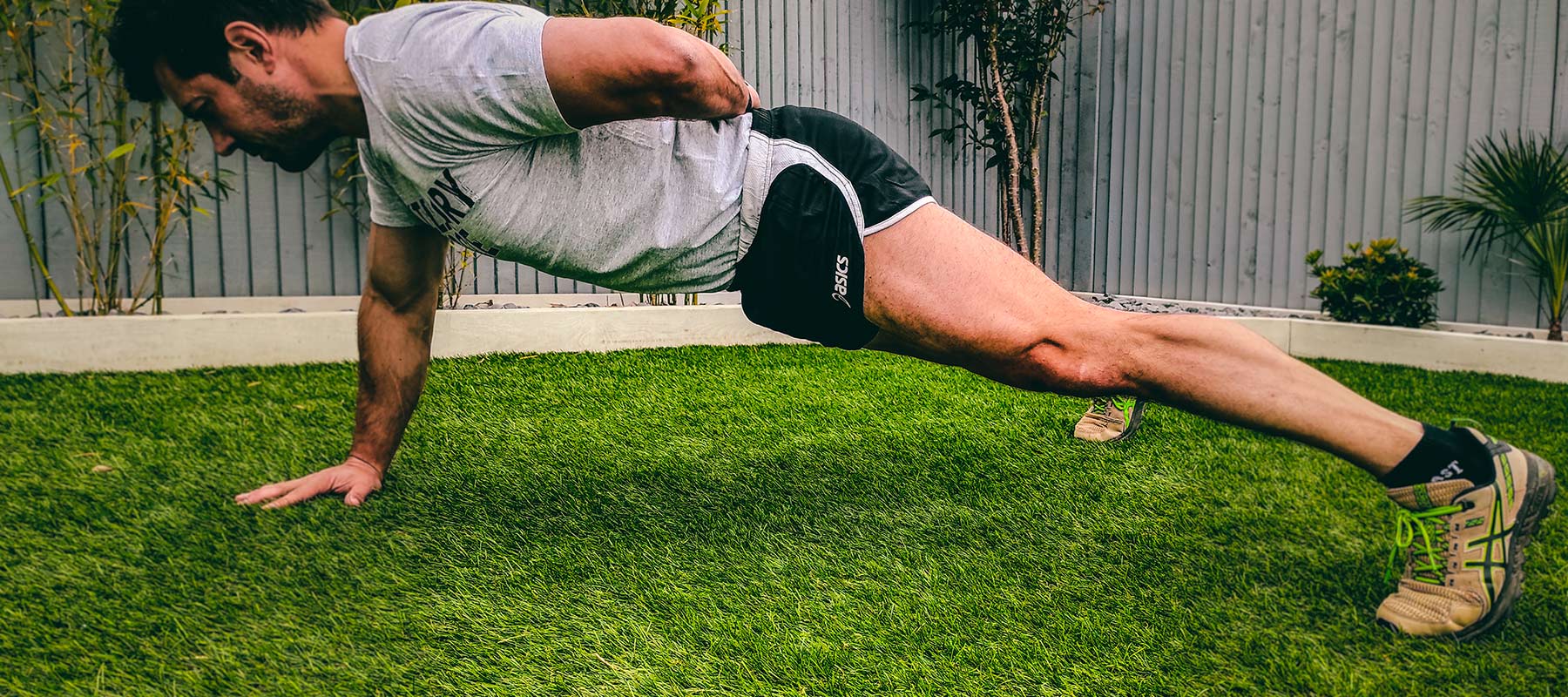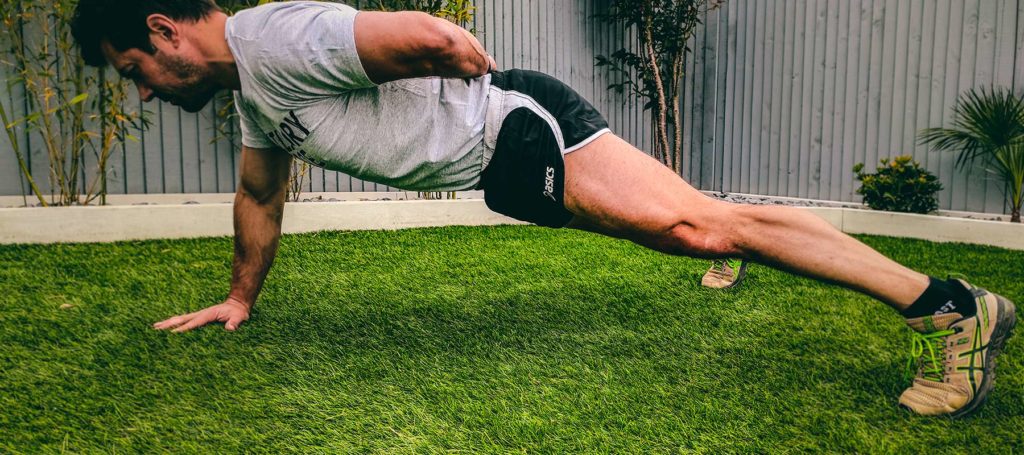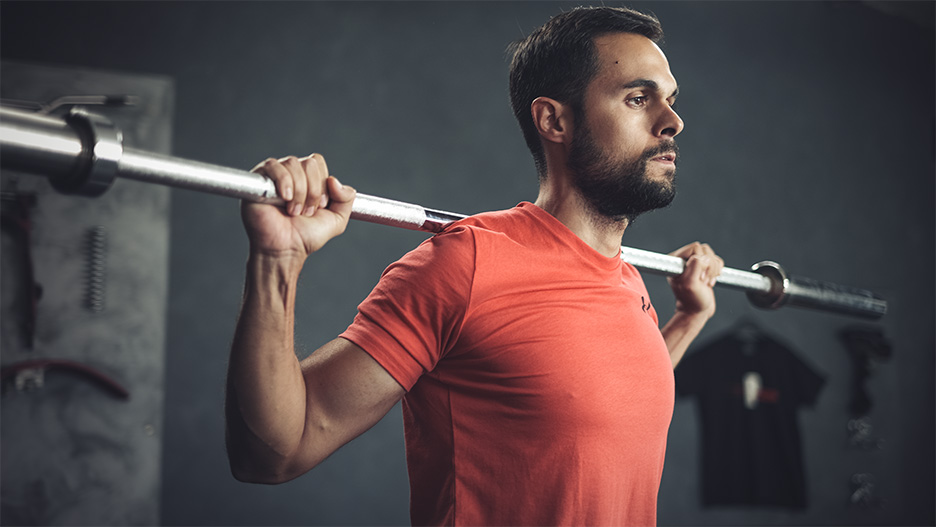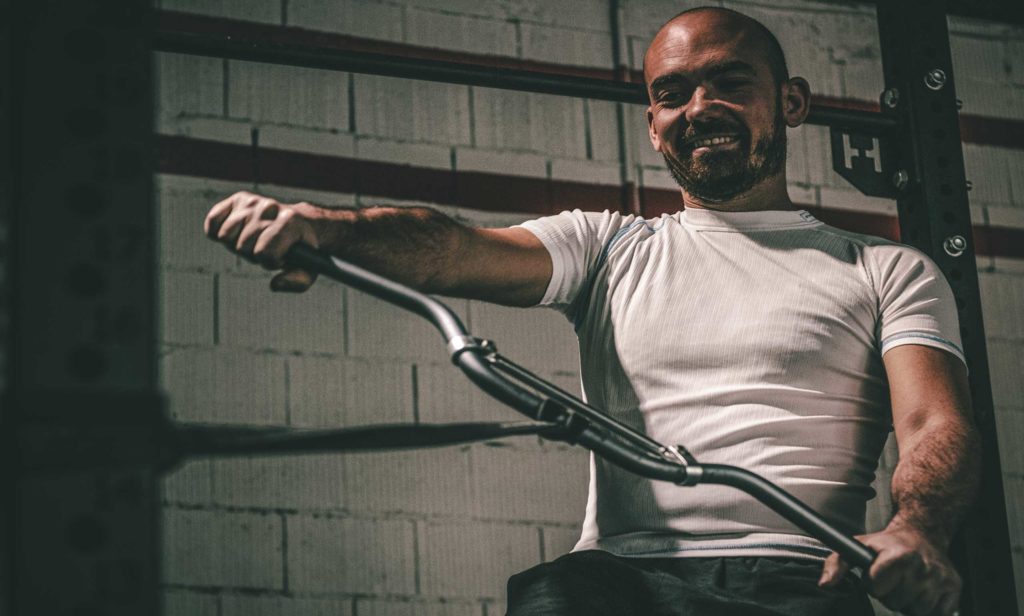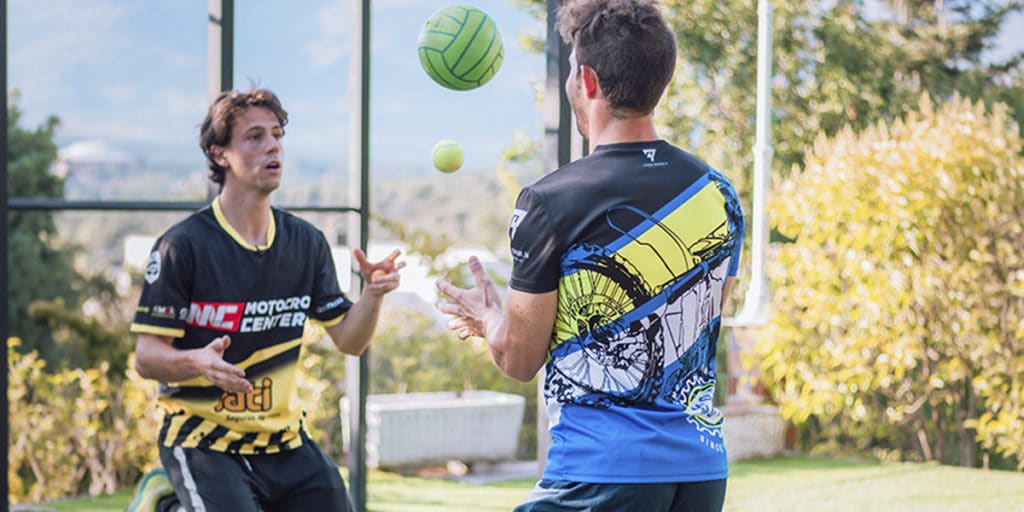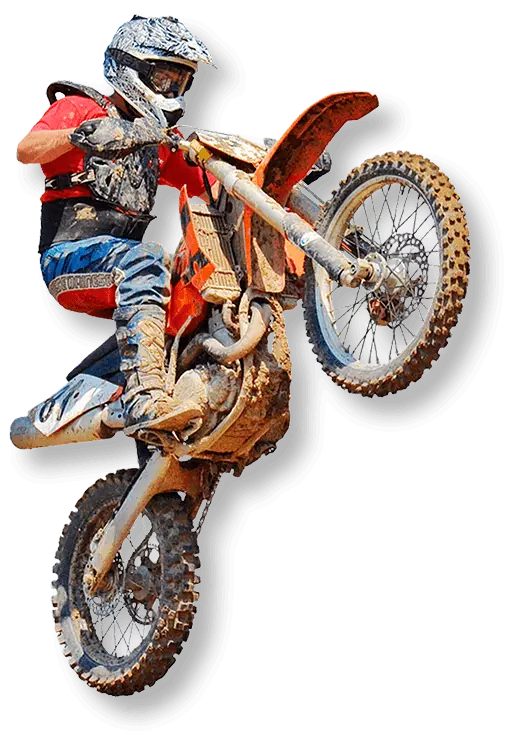Calisthenics vs weights is often a false debate that goes on all the time around training styles. We know that many times calisthenics is associated only with doing tricks in a park, but calisthenics is that and much more, and in fact, it is a functional workout.
So functional that even since its inception it was not thought of as a typical exercise to make muscles look bigger (which many believed back in the day only meant to be stronger) but was used in ancient times for everyday exercises, everyday movements.
Calisthenics vs. weights is part of a discussion of the past and today we are going to tell you why and how this exercise system can help you improve your performance.
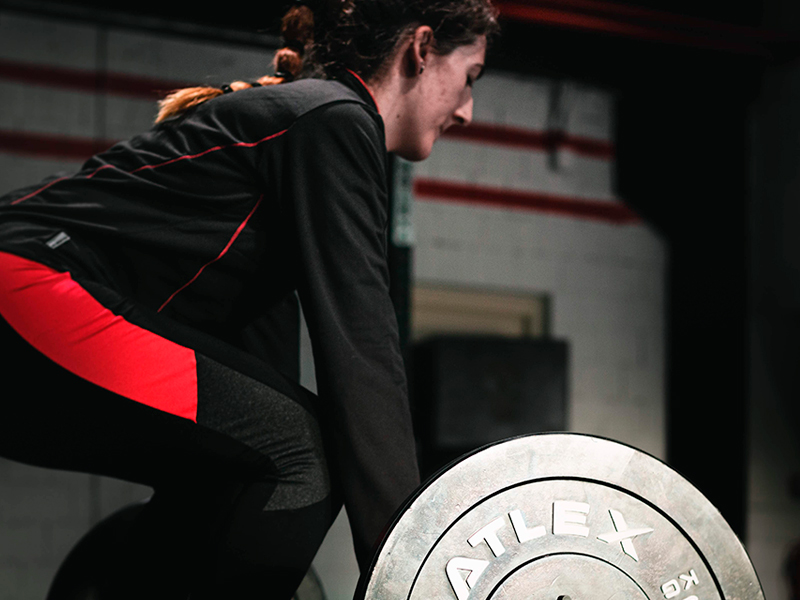
Calisthenics vs weights: Can you build muscle with only calisthenics?
This question is always present when someone wants to start doing calisthenics. And let’s redirect the answer: If your idea is to build volume and mass to look big, hypertrophy training is probably a better alternative.
But of course, you can build muscle with calisthenics. The requirement is that we implement a routine that stimulates our muscles correctly.
We must exert more effort than our body simply “needs” to make progress, but we must stay below what it is willing to endure.
It never hurts to remind yourself that overtraining is useless.
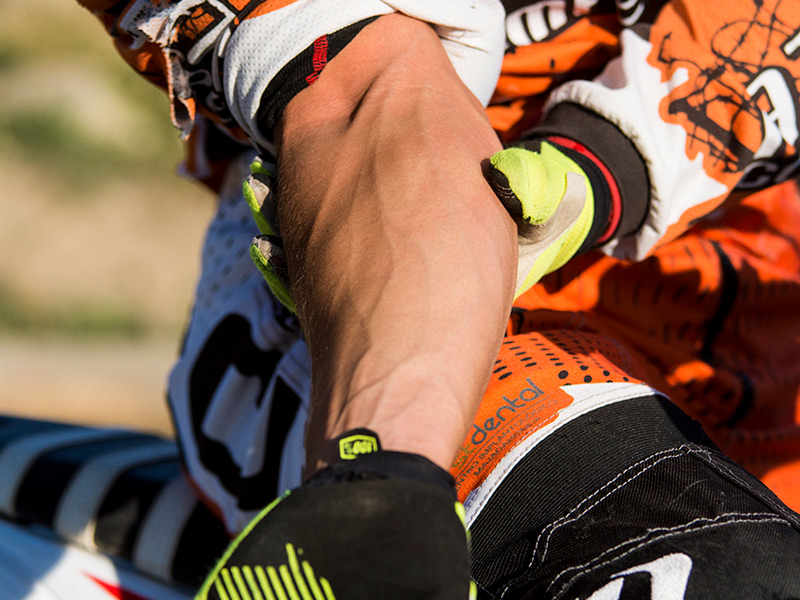
The more intensity, the more your muscles work
If we want to increase the difficulty or progression we can increase the intensity of the training. One option for that is to modify the position of our body.
Let’s tell it with an example: If we do a rowing exercise with TRX (yes, TRX is also used for calisthenics) we will increase the difficulty and therefore the stimulus for our body by inclining it more and more.
That is, the more vertical we are, the easier it will be (if you are just starting and your physical level is not great, it is advisable to start like this and do not force the march).
But as we try to make our muscles stronger, we will become more and more horizontal.
To the point that when our feet are already barely supported by our heels, we can even put one or two steps underneath and be almost lying in the air. If you do it this way, you will be building muscle with calisthenics.
This is just one example of many that we could apply to different exercises. The important thing is that you don’t lose your technique and proper positions as you increase the difficulty and stimulus.
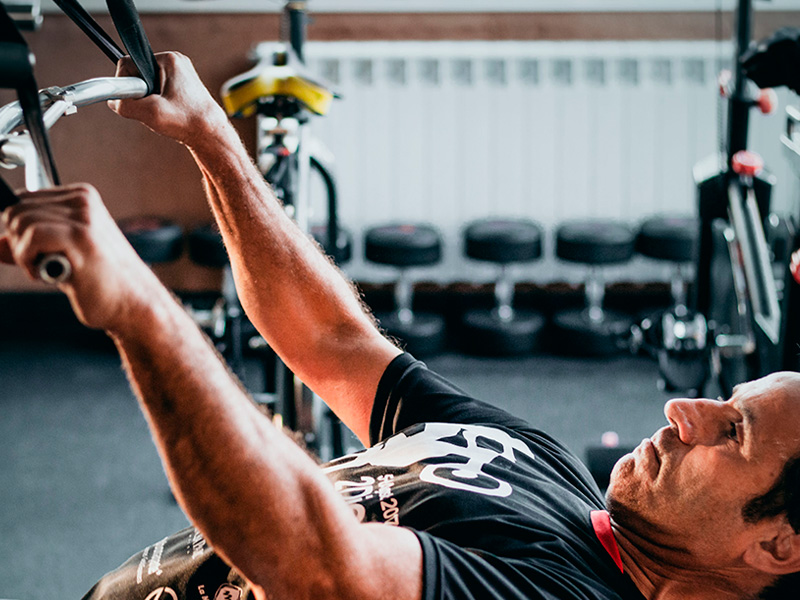
Calisthenics vs. weights: deconstructing the myth
Why consider a kind of rivalry if you can (and almost at one point should) combine both.
If we want to progress in our calisthenics training, when we reach advanced levels and we have a Matrix-like control of our body, we will add more difficulty with different positions, but also with weights.
Here it is important to clarify something fundamental; when we refer to weights we mean free weights, not the typical machines.
When we want to increase the load in calisthenics we can add weight with weighted vests, weighted backpacks, weight belts, or dumbbells.
We recommend working with free weights because at POWERING we advocate training away from gym machines.
From our experience and scientific evidence on performance, we seek training through the work of our body and learning the natural movement.
Let’s put it another way: If you don’t know how to move then you don’t know how to train, no matter how much muscle you have or how elite you are.
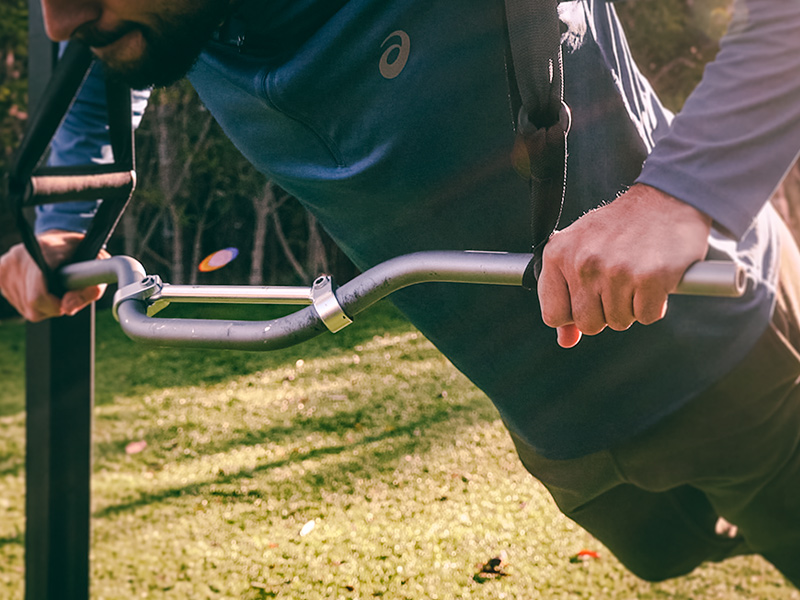
Calisthenics before and after
We are made to move and calisthenics takes us in that direction. Many athletes, amateur and professional, improve with the implementation of calisthenics routines or even in combination with other types of training.
Let’s take a look at some of the benefits that well-executed calisthenics and weight training can give us.
Endurance
Calisthenics can help us gain endurance and is a great resource for that.
Pilot, it would be great if you incorporate it into the first work of your preseason, where you are looking to lay the groundwork with anaerobic endurance work, which complements the aerobic part.
Technique and body control
Many of the exercises in our training app, with greater or lesser difficulty, incorporate calisthenics and are in search of excellent technique and body control.
For any athlete it is necessary to develop these qualities and for off-road sports such as enduro, motocross, trial, etc, not to mention.
Calisthenics helps you to use your muscles in a coordinated way, something that machine exercises only work specific muscles without taking into account the whole.
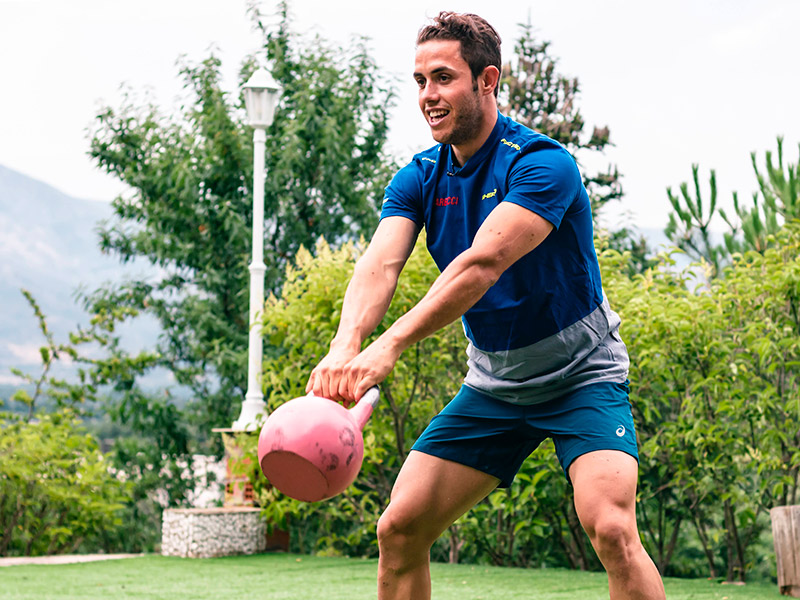
Improved posture and center of gravity control
If you manage your body and incorporate more natural and efficient movements, your posture will improve tremendously and that will keep you away from the ghost of injuries.
You’re going to work one of the typical weak points which is the stabilizer muscles.
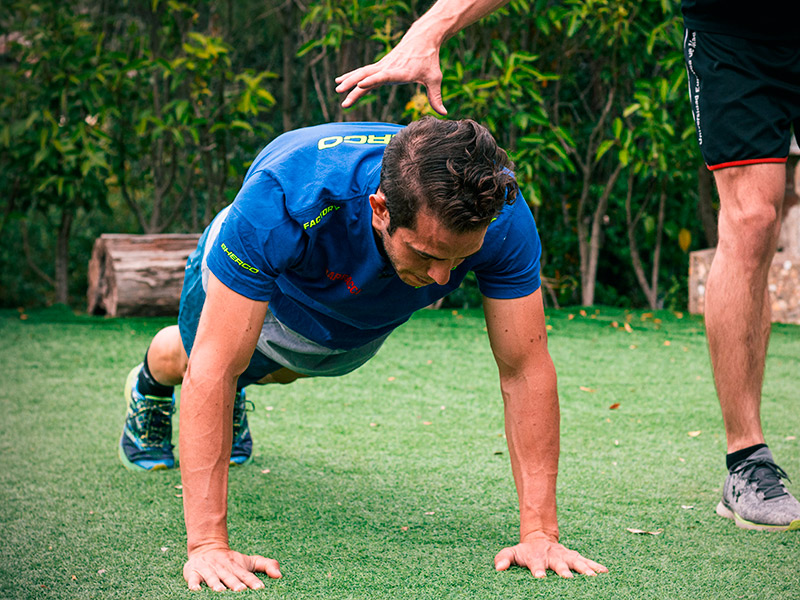
Calisthenics vs weights for strength [with the necessary stimulae]
We have already told you that calisthenics vs weights is a debate we’ll leave to the grandparents in the gym because we know that when calisthenics and weights (with free weights) go hand in hand, we have a plus in our training.. In some exercises, the positions will be enough for your muscle to increase strength. But if that’s not enough, weights, dumbbells, and belts will do the job.
Multi-joint exercises
You will put your body into action with daily movements that involve many muscle groups at the same time. This will make you work harder and better, making you a more efficient athlete.
Mobility
In calisthenics, a lot of importance will be given to mobility, as we like in POWERING OFFROAD. This will allow you to improve your joint health and therefore also prevent injuries.
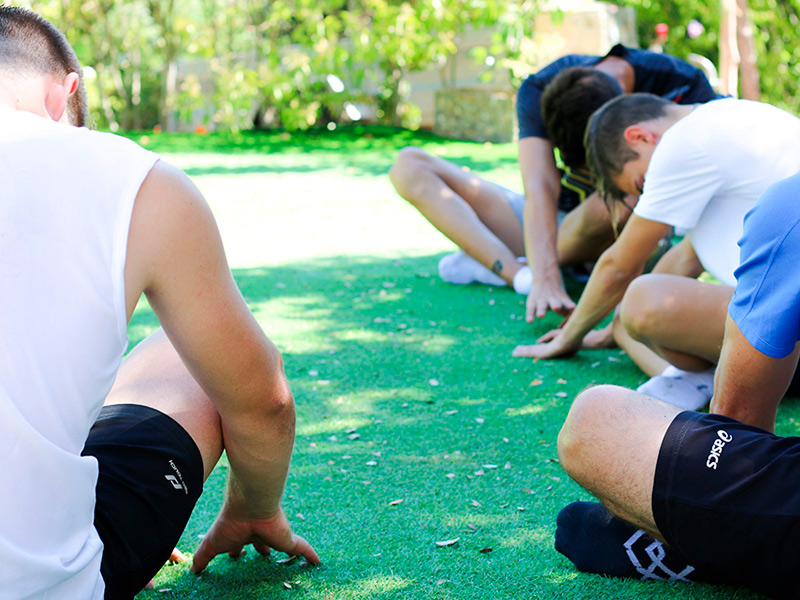
Time for a calisthenics routine
Enough talk, let’s get down to work with calisthenics and weights workouts for intermediate-level athletes.
The first is for any athlete and the second is our house specialty: off-road sports.
Let’s move our feet!
The exercises will be performed as a circuit with 6 sets in total.
Circuit 1
Pull-ups – 15 Low Front Plank- Maximum possible time without losing position
Jumping jacks – 60 seconds
Dips – 8 reps
This is an exercise to be introduced at the intermediate level. In the dips or parallel dips, you will hold on to the bars and bend your arms until your chest is at the same height as the parallel bars. If you don’t go that deep, don’t worry. Don’t try to do more than six reps either, focus on the technique of a tremendous exercise and do it as slowly as possible at the beginning.
Squats – 15 reps
Australian pull-ups – 10 reps
Activate your core and keep it tight so that your hips don’t drop and your whole body stays in line. With that in place, the strength has to be done by your arms and especially your back. The more horizontal your position is, the more difficult the exercise will be.
Chin-ups Supinated grip – 6 reps
Calisthenics vs weights: training program for riders
Rider, calisthenics is an element that we incorporate into our training app and we stay away from machines because it’s super important that we avoid putting our joints in unnatural positions.
If we see a machine the perception we have is wow, this will make my muscles grow, but those machines will make your work from places similar to where you would keep sitting in the office or lying on your couch at home.
We want you to truly empower yourself and learn to use your body to its fullest because you’re going to need every inch of it whether it’s to win races or to tell your friends how good the air is when you’re off-roading.
This intermediate routine will do the full job, but obviously, you can decrease or increase the difficulty. Especially now that we know that the calisthenics vs. weights rivalry is a farce and that weights can help us when we want to increase the intensity.

